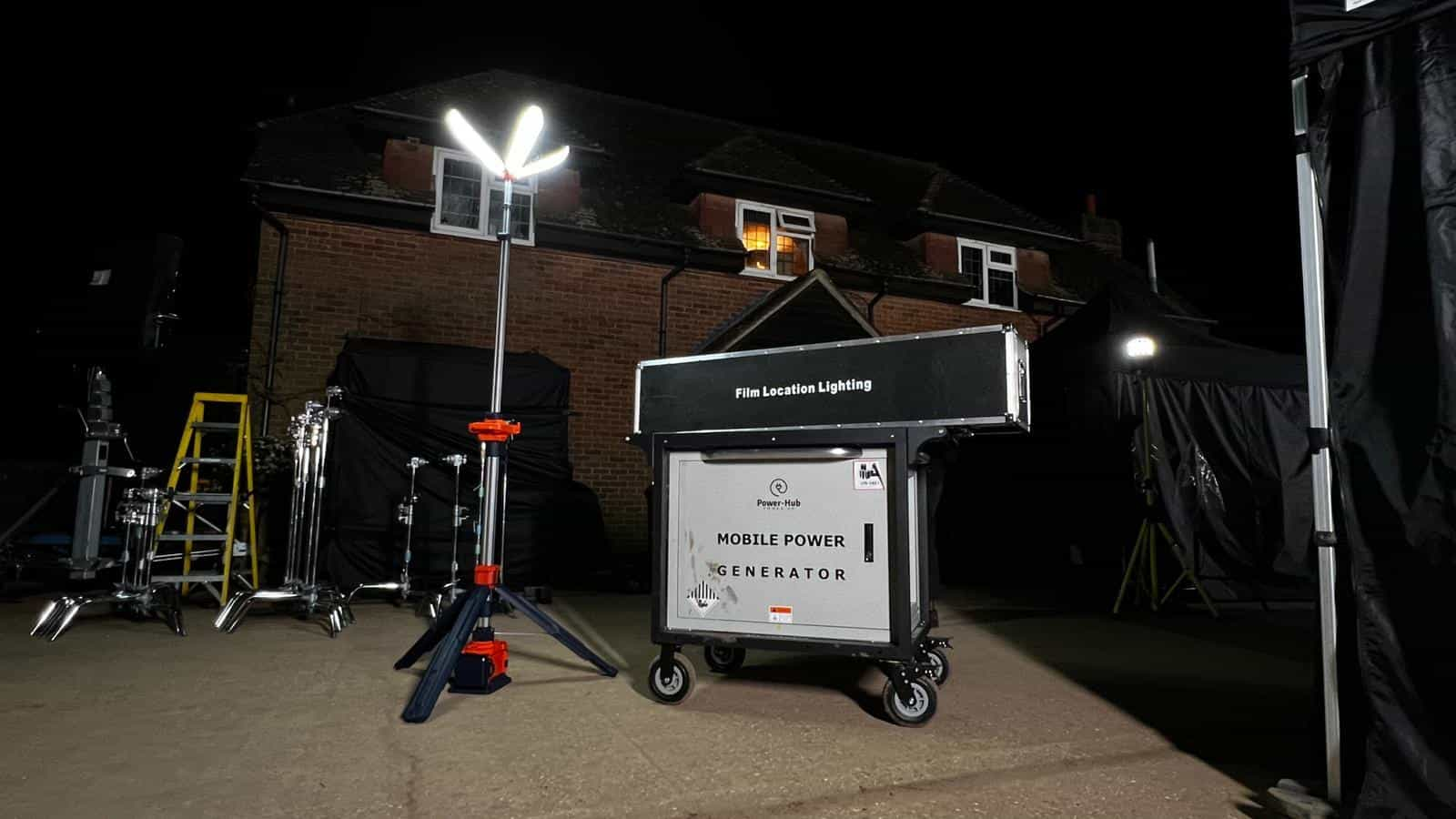
These benefits include the ability to provide light in remote locations without the need for electricity from the grid, the ability to reduce dependence on fossil fuels, and the ability to save money on energy costs.
One of the most common solar lighting applications in rural areas is for outdoor lighting. This can include street lights, security lights, and lights for pathways and walkways. These lights are powered by solar panels, which convert the energy from the sun into electricity. The electricity is then stored in batteries, which are used to power the lights at night.
Another important application of solar lighting in rural areas is for indoor lighting. This can include lighting for homes, schools, and community centers. Indoor solar lighting systems typically consist of solar panels, batteries, and a charge controller. The solar panels convert the energy from the sun into electricity, which is then stored in the batteries. The charge controller regulates the flow of electricity from the batteries to the lights, ensuring that the lights receive a consistent power supply.
Solar lighting is also increasingly being used for other purposes in rural areas, such as powering water pumps for irrigation and powering communication systems. This is particularly important for remote communities that are not connected to the grid, as it allows them to access essential services and improve their quality of life.
One of the major advantages of solar lighting in rural areas is that it is relatively low-maintenance. Once the solar lighting system is installed, it requires very little upkeep, making it a cost-effective solution for remote communities. Additionally, solar lighting systems are often able to operate for several years without needing to replace batteries, further reducing costs.

One of the main challenges is ensuring that the solar panels receive enough sunlight to produce enough electricity to power the lights. This can be a particular issue in locations that are frequently cloudy or have a lot of overcast days. Additionally, in some cases, the cost of installing a solar lighting system can be prohibitively high, particularly for low-income communities.
Despite these challenges, solar lighting is becoming an increasingly popular and cost-effective solution for providing lighting in rural areas. As technology continues to improve and the cost of solar panels and other components continues to decrease, it is likely that solar lighting will become even more widely adopted in the future.
The most common solar lighting applications in rural areas include outdoor and indoor lighting, powering water pumps for irrigation and powering communication systems. Solar lighting systems are relatively low-maintenance and cost-effective, but some challenges include ensuring that the solar panels receive enough sunlight to produce enough electricity, and in some cases, the cost of installing a solar lighting system can be prohibitively high, particularly for low-income communities. Despite these challenges, solar lighting is becoming an increasingly popular solution for providing lighting in rural areas, and it is expected to become even more widely adopted in the future.

